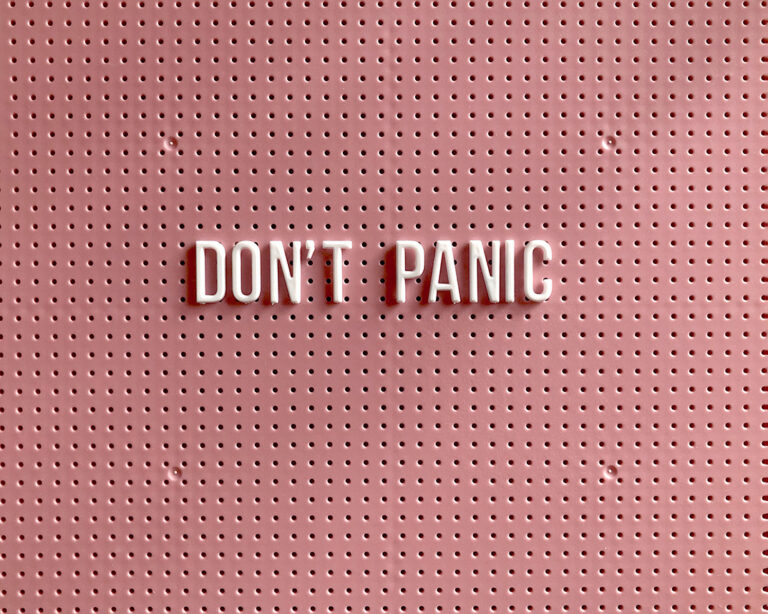Preventing Burnout in Private Practice

My Guide to Establishing Sustainability
Do you ever find yourself running on empty, waiting for the next vacation or sick day so you can finally rest? Have you ever told yourself to just “push through” a period of fatigue, unwellness, or discontentment? Are you new to the workforce and worried about how you will maintain long-term motivation? If so, you are not alone. Burnout is everywhere in today’s world, but it doesn’t have to be a part of your story anymore.
Being a solo practitioner increases your vulnerability to fatigue as it is. While you probably specialize in one service, the list of roles you fill might seem never-ending. You are the business owner, the marketing director, the accountant, the administrator – all the while working to hone your craft and foster a life for yourself outside of your profession. When you take this already demanding role and place it in the context of mental healthcare, however? That’s when awareness and action become even more imperative. Emotional labor is in the job description, and widespread feelings of overwhelm and disenchantment can arise regardless of background or expertise. It is a natural response in Western culture to “push through” the triad of physical, emotional, and mental exhaustion in the hopes that relief is waiting on the other side. While occasionally this method might work, there is an ever higher likelihood that ignoring your own indicators of burnout will result in further distress and unmanageability.
If providing consistent, quality care to your clients is a priority, it has to begin first and foremost with the prioritization of your own needs and limitations – and a willingness to consider what a sustainable pace might look like for you. Creating a work-life balance that honors your needs doesn’t need to be a complete overhaul of the way things were, and labeling this endeavor as an investment in your future self is a helpful reframe. The following are simple yet powerful actions that can help you to prevent burnout in your own private practice:
1. Set boundaries with clients.
It’s important to set boundaries with clients in order to maintain a healthy relationship. This means knowing when to say no and setting limits on how much time you’re willing to spend outside of sessions. One sign of burnout is “compassion fatigue,” which leads to decreased patience. Being firm about the margins of your emotional energy and time allows you to be intentional about the type of care you want to provide, and equips you with a method for monitoring when you might have overextended yourself.
2. Prioritize your self-care.
This may seem like an obvious one but it bears repeating: if you don’t take care of yourself, you won’t be able to take care of anyone else! Make sure that you are scheduling regular check-ups with your own therapist or physician. Eat a balanced and nutritious diet and commit to an exercise routine within your capabilities. What would an optimal night’s rest look like for you? And what action is necessary to make that happen? Schedule time for yourself both inside and outside of work. You don’t need to plan a spa retreat or cancel all of your commitments in order to unwind and destress from a high-intensity work environment. Instead, incorporate moments of solitude and respite in your daily life to ensure your own resources are not being depleted. A common misconception is that putting yourself first is selfish, but by prioritizing and tending to your own health and wellness, you are taking radical steps to destigmatize practices that are actually crucial in preventing burnout.
3. Seek support from colleagues.
Having a supportive network of colleagues is indispensable in private practice settings. Just because you might fall into the category of “solo practitioner” does not mean that you have to go it alone. Seeking supervision, attending trainings, or even just grabbing coffee with another therapist who understands the demands of the job are all effective ways to build your team . Isolation can exacerbate feelings of burnout, and staying connected is a tried-and-true method to encourage balance.
—-
These tips can be employed whether periods of burnout have been a part of your professional story or you are new to the field. There is no rulebook for how to properly establish balance in your life – every person is a complex combination of needs, desires, imperfections, and skills. The key is to give yourself grace as you navigate what might work for you.







